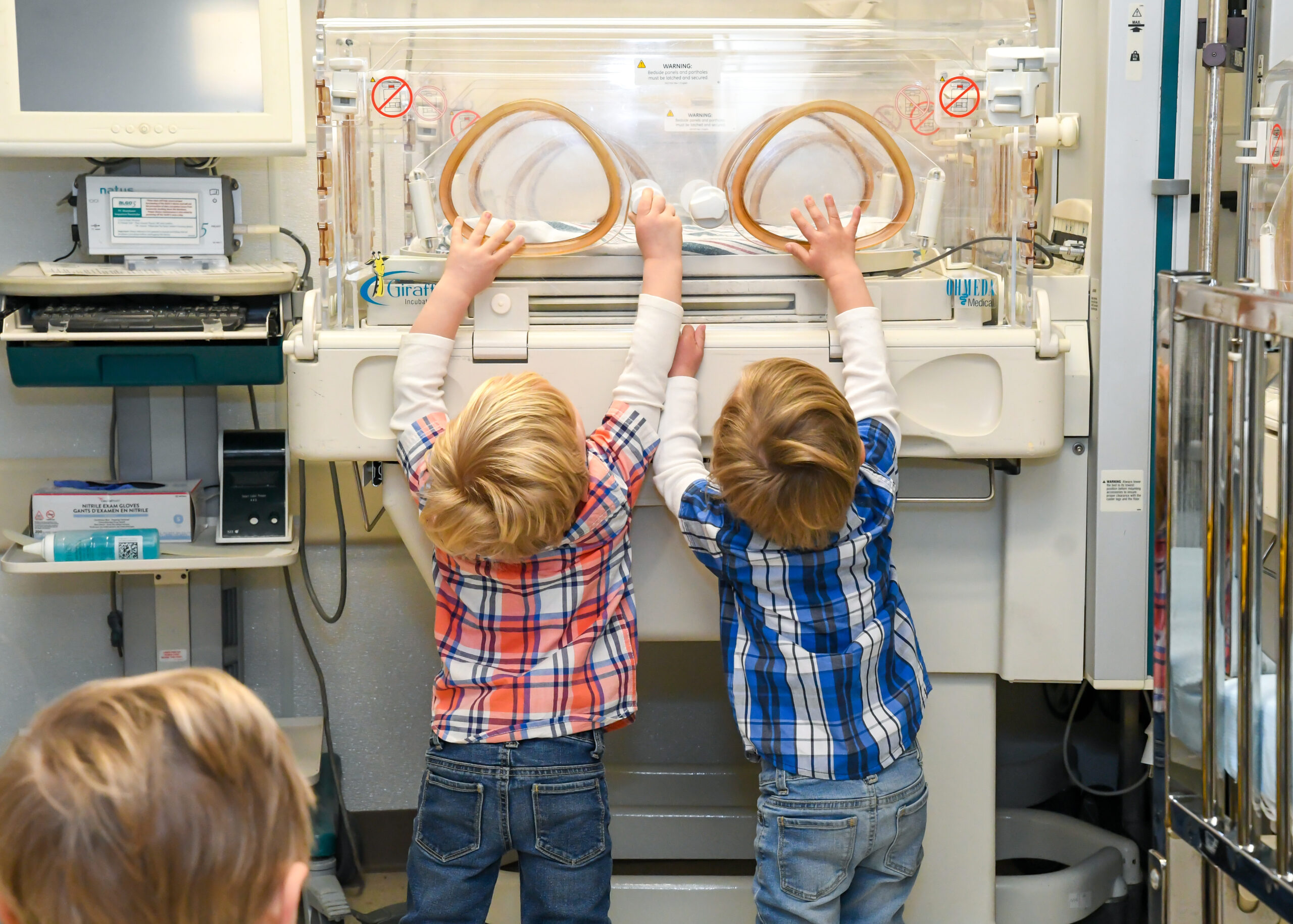Recognizing Heat Exhaustion
With football practices in full pads and helmets now, it’s a good idea to think about heat exhaustion and protecting your child athlete.
Heat Exhaustion is the body’s response to an excessive loss of water and salt, typically through sweating. Each year an average of 658 people in the US will have a heat-related death. Symptoms include intense thirst, extreme fatigue, feeling faint, headache, fever, nausea, vomiting, breathing faster than normal, muscle aches and not urinating for many hours.
Hurley Children’s Hospital pediatrician Dr. Gwendolyn Reyes says,
“If your child has been out in the heat and is not feeling well it is important to find an air-conditioned space, stay hydrated, provide some extra rest time, give a cool bath or water mist to help them cool down. If this is not helping you need to call your pediatrician or go to the Emergency Department.”
If your child starts to get worse and has symptoms like getting confused, having difficulty walking, passing out, and has hot red skin, these are signs of heat stroke which is an emergency, and your child needs to go to the Emergency Department.
The highest risk for a heat illness occurs when it is 90F or higher.
It’s important to remember that cars will heat up extremely fast. The temperature inside a car can increase by 19 degrees in just 10 minutes, so it’s crucial to never leave your children or pets in the car.







